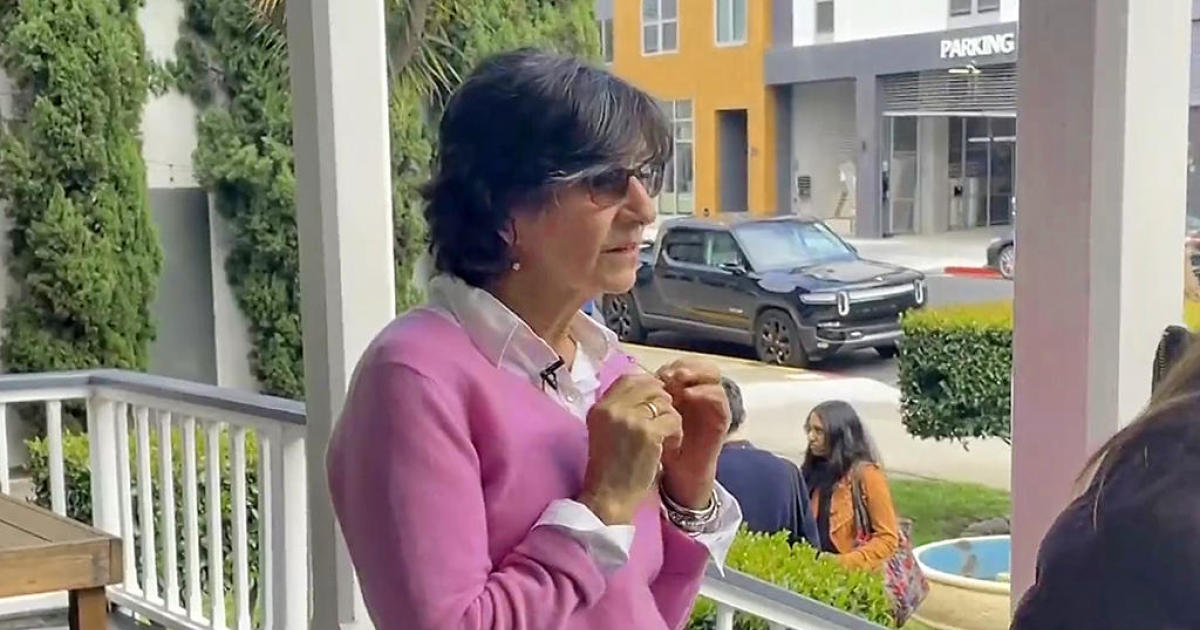StarDate: The Brick
FROM THE UNIVERSITY OF TEXAS McDONALD OBSERVATORY, AS HEARD ON KCBS RADIO WEEKDAYS @ 9:52 A.M., 7:35 P.M. & 2:52 A.M
STARDATE 07/28/14: The center of the Milky Way is already crowded with stars. But in a few million years, tens of thousands more could flare to life in a region known as the Brick. It's a vast cloud of cold, dark gas and dust that's shaped like a brick.
The Brick may be the biggest future star cluster in the entire galaxy. It's more than a hundred thousand times the mass of the Sun. And recent observations with a giant new radio telescope show that it contains at least 50 dense blobs of material — embryos that could be giving birth to stars even now.
Stars are born when such blobs collapse under their own gravitational pull. As a blob collapses, it gets hotter. If it gets hot enough, nuclear fusion ignites at its center — giving birth to a star.
There are indications that a few small stars have already formed in the Brick. But such giant clouds are also where big, heavy stars are born — stars that shine tens of thousands of times brighter than the Sun.
It's not certain that the Brick will give birth to many stars at all, though. While it has the right ingredients, it's in the busiest, most crowded region of the galaxy. The gravity of the stars and clouds around it could keep it too stirred up to form stars. Powerful magnetic fields could hinder star formation as well.
Astronomers will study the Brick in more detail in the coming years to determine whether it's the site of future fireworks — or a dark galactic dud.
More about the heart of the Milky Way tomorrow.
Script by Damond Benningfield Copyright ©2014 The University of Texas McDonald Observatory



